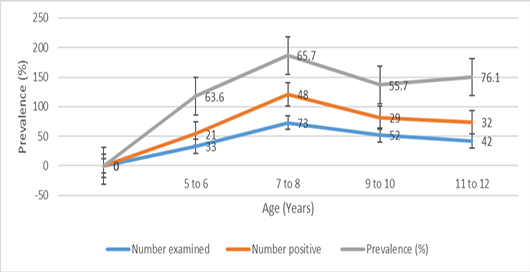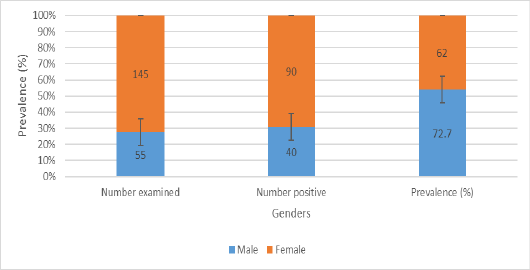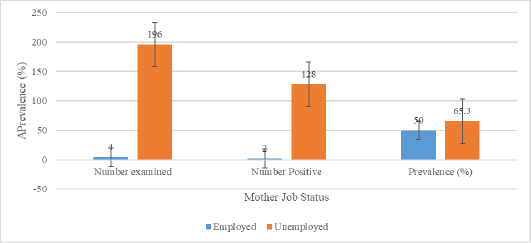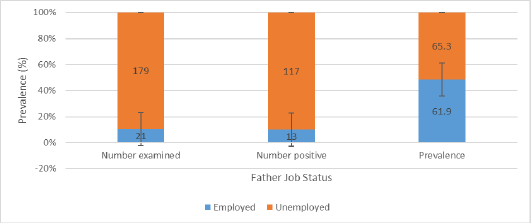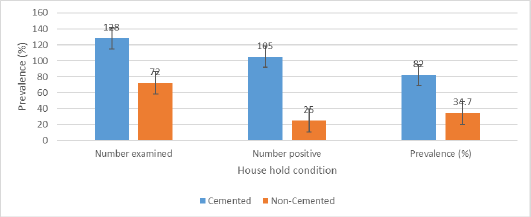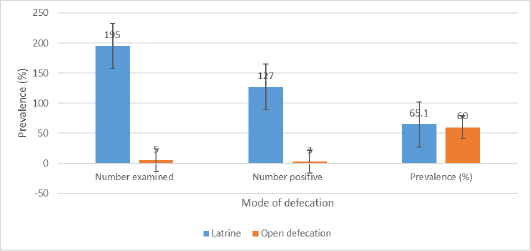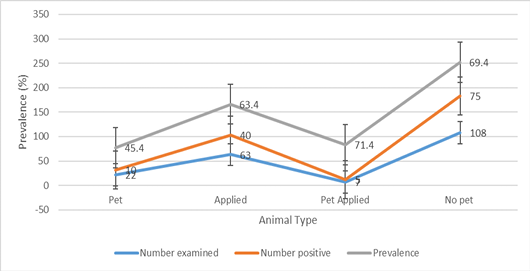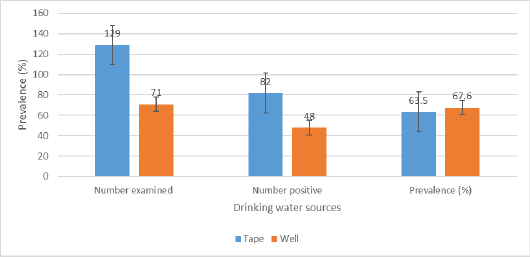Prevalence of Nematode Infection Among School Children of District Malakand, Pakistan
Prevalence of Nematode Infection Among School Children of District Malakand, Pakistan
Yousef Abdal Jalil Fadladdin1, Ateeq Ullah2*, Raheela Nawaz3, Yagoob Garedaghi4, Abbas M.A. Al-Azab5 and Mashael Abdullah Aldamigh6
Over all age wise relationship of roundworm and hookworm infection in school children.
Over all sex wise relationship of roundworm and hookworm infection in school children.
Mother employment status and roundworm and hookworm infection of school children.
Father employment status and roundworm and hookworm infection of school children.
House hold conditions and roundworm and hookworm infection of school children.
Mode of defecation in relation to roundworm and hookworm infection in school children.
Animal types in relation to roundworm and hookworm infection in school children.
Drinking water sources and roundworm and hookworm infection in school children.



